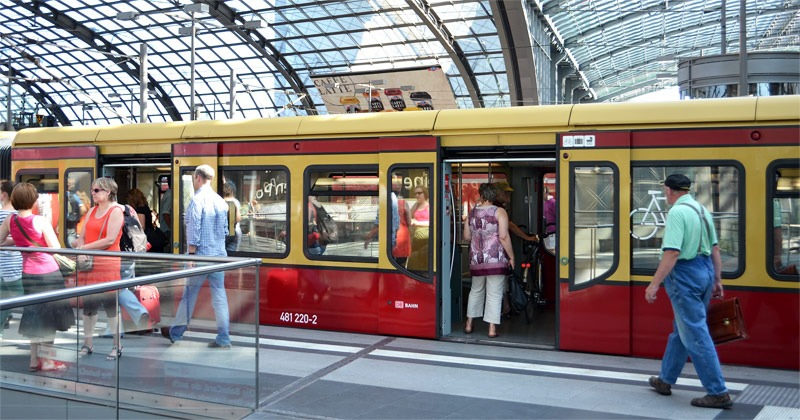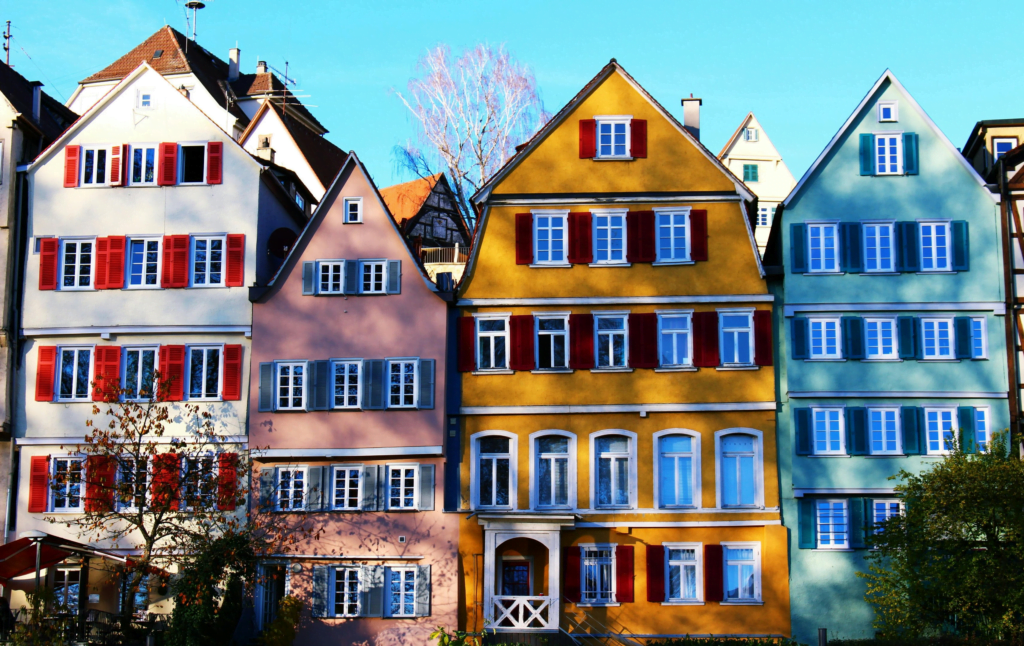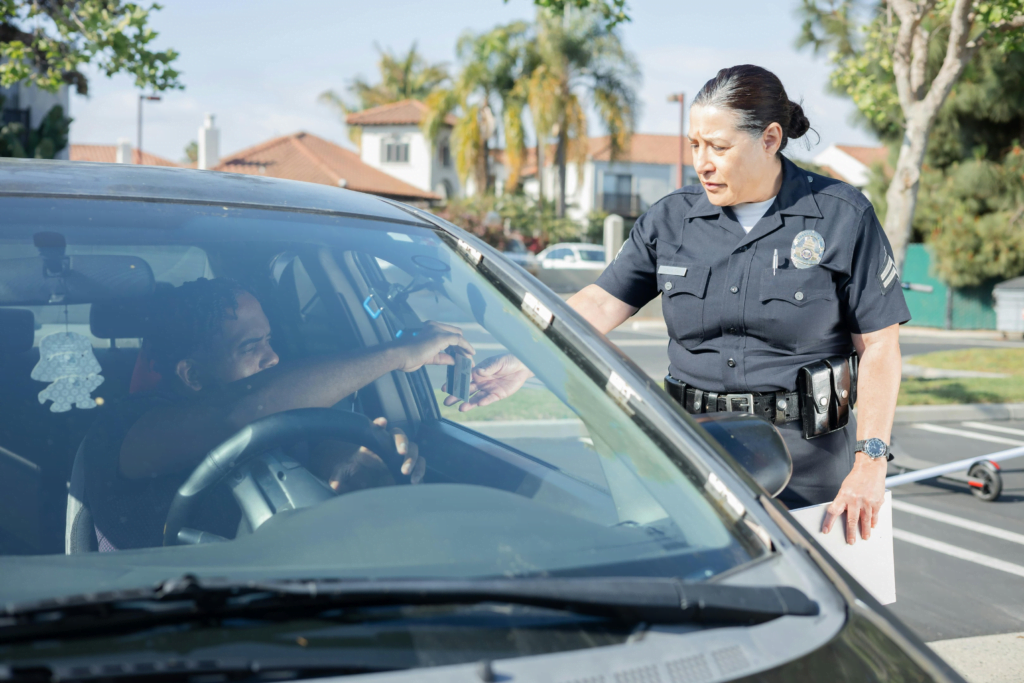
Germany is renowned for its efficient and well-connected public transportation system, making it easy for both locals and tourists to travel without a car. Whether you’re planning to explore major cities, visit quaint villages, or take scenic trips through the countryside, Germany offers a variety of transport options to suit your needs. This guide will provide a detailed overview of how you can travel around Germany without owning a car, including trains, buses, bike rentals, and more.
1. Train Travel: The Backbone of German Transportation
The German railway network, operated primarily by Deutsche Bahn (DB), is one of the most efficient and extensive in Europe. Traveling by train in Germany is not only convenient but also offers a comfortable and scenic experience.
Types of Trains in Germany
- InterCity Express (ICE): These are high-speed trains connecting major cities like Berlin, Munich, Frankfurt, Hamburg, and Cologne. They can reach speeds of up to 300 km/h (186 mph), making long-distance travel quick and efficient.
- InterCity (IC) and EuroCity (EC): These trains are slightly slower than ICE but still provide long-distance services across Germany and neighboring countries.
- Regional Express (RE) and RegionalBahn (RB): These trains serve regional routes and are ideal for shorter trips between towns and cities.
- S-Bahn: These suburban trains connect city centers with their surrounding areas, making them perfect for daily commutes and short-distance travel.
Booking Train Tickets
- Online: You can book tickets via the Deutsche Bahn website or app, which allows you to check schedules, book seats, and even purchase discounted fares.
- Ticket Machines: Most train stations have automated machines where you can buy tickets. These machines usually offer multiple language options, including English.
- At the Station: Ticket counters at larger stations offer assistance for booking tickets if you prefer speaking to a representative.
Discounts and Passes
- BahnCard: A discount card offered by Deutsche Bahn, providing reductions of 25%, 50%, or even 100% on ticket prices depending on the type of card you purchase.
- German Rail Pass: Available for non-EU residents, this pass offers unlimited travel on all DB trains within a certain period. It’s a cost-effective option for tourists planning extensive train travel.
- Länder-Ticket: These are regional day passes that allow unlimited travel within a specific state in Germany for a flat fee. They are perfect for day trips and group travel.
2. Bus Travel: Affordable and Accessible
Germany’s extensive bus network makes it easy to travel to places not connected by the railway. Bus travel is generally more affordable than trains and can be a great option for budget-conscious travelers.
Long-Distance Buses
- FlixBus: The largest long-distance bus service in Germany, FlixBus connects major cities and towns across the country, as well as international destinations. Tickets can be purchased online or at the bus station.
- Eurolines: Another popular bus operator offering long-distance routes within Germany and Europe.
- BlaBlaBus: An affordable and reliable option for traveling across Germany and Europe.
City Buses
Each city in Germany has its own local bus network. These buses are integrated with other forms of public transportation like trams, trains, and the subway, making it easy to travel within cities without a car.
Bus Travel Tips
- Book tickets online in advance for long-distance buses to secure lower prices.
- Most long-distance buses offer free Wi-Fi and charging ports, making the journey more comfortable.
- Check schedules ahead of time, especially for buses traveling to smaller towns, as they may run less frequently.
3. Trams and Subways: Exploring Urban Areas
Germany’s major cities have excellent tram and subway systems (U-Bahn and S-Bahn), which are ideal for getting around urban areas.
U-Bahn (Subway)
- The U-Bahn is available in large cities like Berlin, Munich, and Hamburg, providing fast and frequent underground service across the city.
S-Bahn (Suburban Trains)
- The S-Bahn operates both within cities and connects them to surrounding suburbs, perfect for commuters and travelers wanting to explore areas outside the city center.
Trams
- Trams are common in cities like Frankfurt, Dresden, and Leipzig. They run above ground and offer a more scenic way to navigate the city.
How to Use the U-Bahn, S-Bahn, and Trams
- Tickets for these services can be purchased at machines in the station or via mobile apps. Make sure to validate your ticket before boarding, as failure to do so can result in fines.
- Many cities offer day passes or multi-trip tickets, which are more economical for frequent use.
4. Bicycle Rentals: Eco-Friendly and Scenic
Germany is a bike-friendly country with a vast network of cycling paths, making bicycles a great way to explore both cities and the countryside. Many cities offer bike rental services, including:
- Deutsche Bahn Call a Bike: Operated by Deutsche Bahn, this service allows you to rent bikes in major cities like Berlin, Munich, and Frankfurt. Bikes can be picked up and returned at designated spots.
- Nextbike: A popular bike-sharing system available in over 50 German cities, including Leipzig and Dresden.
- Local Bike Rentals: Many cities have independent bike rental shops where you can rent a bike for a few hours or the whole day.
Cycling is a fantastic way to explore Germany at a leisurely pace, especially in scenic areas like the Black Forest or along the Rhine River.
5. Ridesharing: Carpooling Without Ownership
If you prefer car travel but don’t own a car, ridesharing is a great alternative. Platforms like BlaBlaCar allow you to carpool with people traveling to the same destination. It’s a more affordable and eco-friendly way to travel compared to renting a car.
6. Car Rentals and Car Sharing
If you need a car for a specific trip or short-term use, renting a car is a viable option. Car rental services like Sixt, Europcar, and Hertz operate across Germany and offer short-term rentals.
For shorter trips within cities, car-sharing services like Share Now and Flinkster allow you to rent a car for a few hours at a time. These services are available in major cities and provide the convenience of driving without the commitment of owning a car.
7. Domestic Flights: A Quick Way to Cover Long Distances
While Germany is well-connected by trains and buses, domestic flights can be an option for travelers looking to cover long distances in a short time. Budget airlines like Eurowings and Ryanair operate domestic routes between major cities. Flights are generally faster but can be more expensive than other modes of transport, especially when considering the time spent on airport transfers and security checks.
8. Walking: The Best Way to Explore Cities
Germany’s cities are pedestrian-friendly, with many areas designated for foot traffic. Exploring cities on foot allows you to immerse yourself in the local culture, discover hidden gems, and enjoy architectural marvels.
Conclusion: Seamless Travel Without a Car in Germany
Traveling around Germany without a car is not only possible but also enjoyable, thanks to the country’s efficient and diverse public transportation options. Whether you choose to travel by train, bus, bike, or rideshare, you’ll find that Germany offers well-connected, affordable, and eco-friendly ways to explore its cities and countryside.
By planning ahead and choosing the best mode of transport for your needs, you can easily navigate Germany’s scenic landscapes, vibrant cities, and cultural landmarks, all without the hassle of owning a car.


